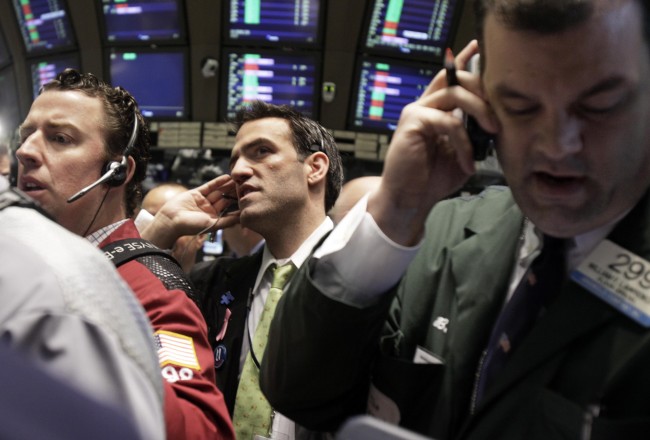Michael Lewis Says High Frequency Trading Rips Off Investors. Michael Lewis Is Clearly Wrong
THERE’S been a bit of a furore over in the US about the new Michael Lewis book. He’s saying that all this high speed trading (that’s the stuff done by computers in nanoseconds) is just a rip off of the average investor. The sad thing is that he’s got it entirely wrong.
What HFT does do is add more liquidity to the markets. That is, there’s just more people buying and selling as a result of their activity. Because their activity is buying and selling, so obviously there’s more of it going on.
And when there’s more liquidity then the bid ask spread becomes narrower. That’s a bit of jargon, true, but it’s also true. The difference between the buy price, the one you can buy for, gets smaller with respect to the price that you can sell for. That’s what a smaller “spread” means, that the difference between what you can buy for and what you can sell for becomes smaller.
And obviously, you buy shares in order to sell them again at some point in the future. So the smaller the difference between those two prices at any one time the less it will cost you to invest in that share. Another way of saying the same thing is that you’re paying a smaller commission to hte people running the stock market for making your investment.
So, HFT provides liquidity, it does this through trading, more trading means smaller spreads and that saves the individual investor money. Sure, the HFT guys are making money too: but what the hell do we care if we’re saving money ourselves?
To put it a different way. Sure, the supermarkets make money out of us buying stuff from them. But it’s still cheaper for us to shop there than it is to buy everything from little corner stores. Which is why we shop in supermarkets, obviously.
Posted: 8th, April 2014 | In: Money, Reviews Comment | TrackBack | Permalink



